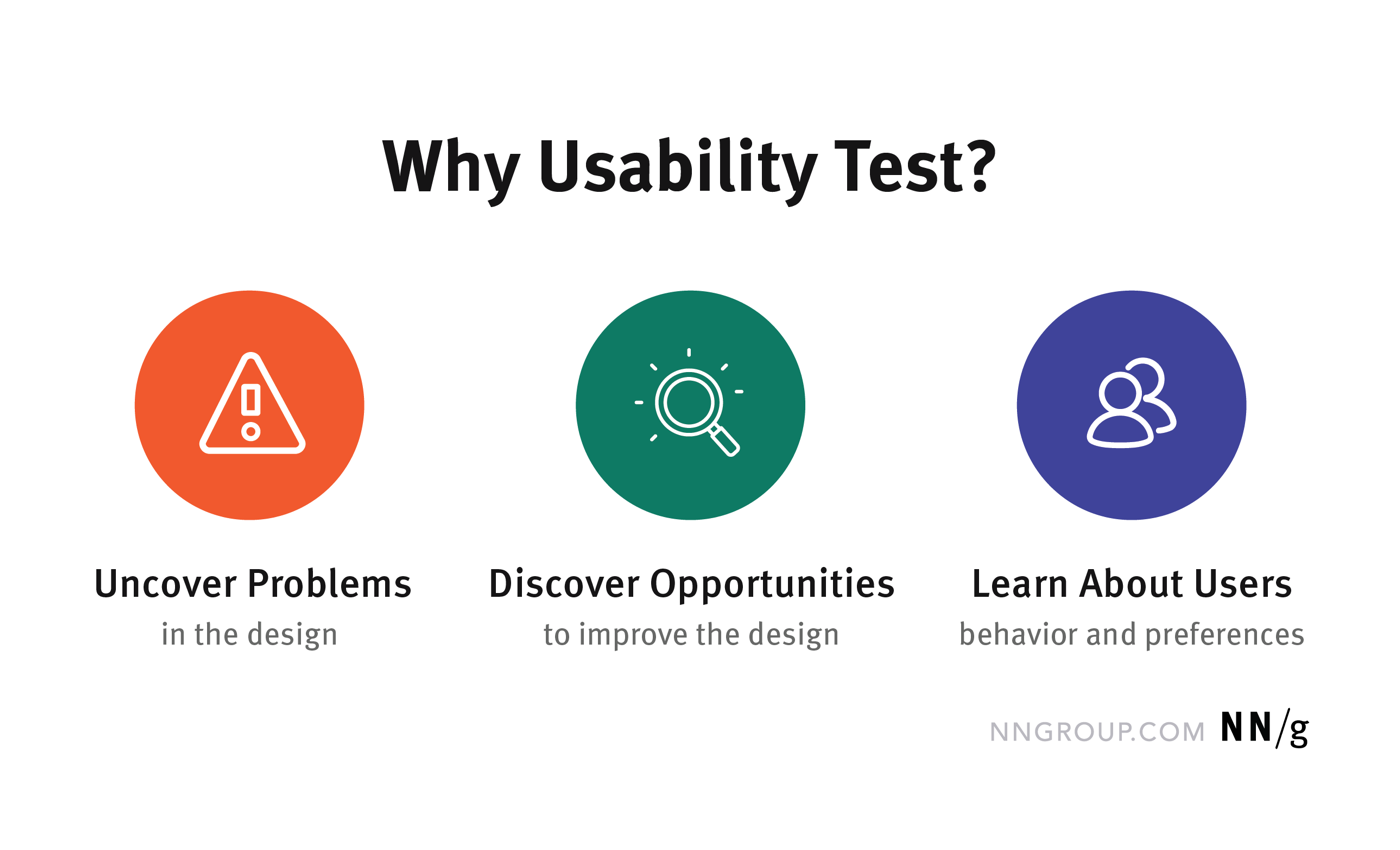User Experience (UX) testing is a crucial part of the website development process. It involves evaluating the overall experience that users have when they interact with your website. By conducting UX testing, you can identify any usability issues, gather feedback from real users, and make informed decisions to improve your website’s design and functionality.
Types of UX Testing
There are various methods for conducting UX testing, including:
Usability Testing: This involves observing users as they interact with your website and identifying any issues they encounter.
Surveys and Questionnaires: Gathering feedback from users about their experience on your website.
Heatmap Analysis: Using tools to track user behavior and analyze where users are clicking on your website.
Best Practices for UX Testing
When conducting UX testing for your website, keep the following best practices in mind:
Define Your Goals: Have a clear understanding of what you want to achieve with your UX testing and what specific metrics you want to measure.
Test Early and Often: It’s important to conduct UX testing throughout the development process to catch any issues early on.
Use Real Users: Try to recruit real users who match your target audience to get the most accurate feedback.
Collect both Qualitative and Quantitative Data: Gather feedback from users through surveys and questionnaires, as well as analyze data like user behavior and click patterns.
Iterate and Improve: Use the feedback and insights gained from UX testing to make informed decisions and continuously improve your website.
Tools for UX Testing
There are a variety of tools available to help you conduct UX testing for your website, including:
Google Analytics: Track user behavior and analyze website traffic data to gain insights into user interactions.
Hotjar: Use heatmap analysis and session recordings to understand how users are engaging with your website.
UserTesting: Recruit real users to conduct usability testing and gather feedback on your website.
Conclusion
Effective UX testing is essential for creating a user-friendly and intuitive website that meets the needs of your target audience. By following best practices, using the right tools, and continuously iterating on your website design based on user feedback, you can improve the overall user experience and drive more conversions for your business.
